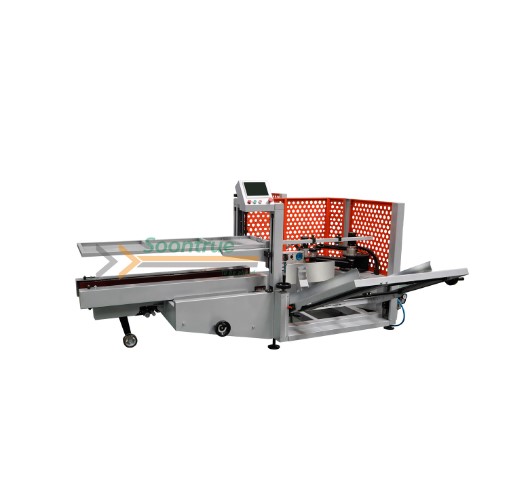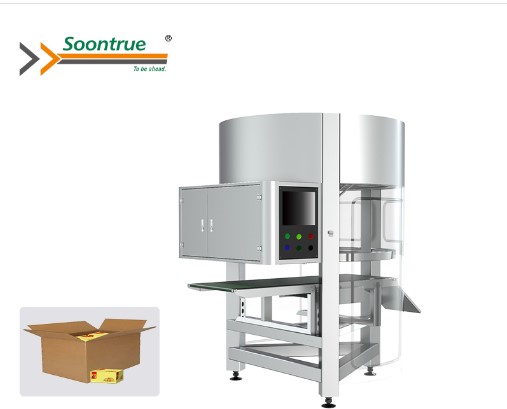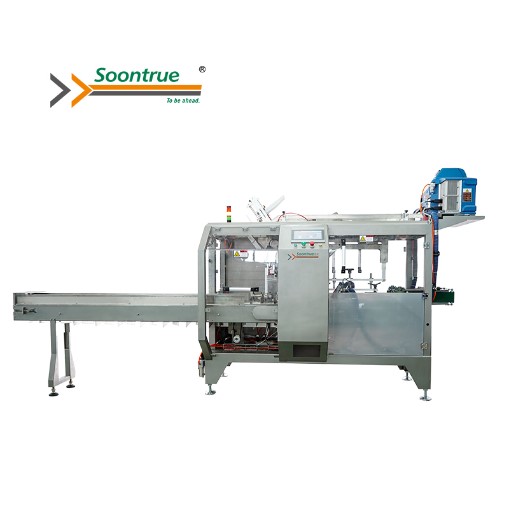What Are The Different Types Of Cartoning Machines?
Cartoning machines, also known as cartoners, are essential in the packaging industry. They are designed to form cartons, fill them with products, and seal them for distribution. These devices are widely utilized in many industries, including food, pharmaceuticals, cosmetics, and others. This article will explore the different types of cartoning machines, their features, and their applications.
What is a Cartoning Machine?
A cartoning machine is a type of packaging equipment that transforms flat carton blanks into erected cartons, fills them with products, and seals them. These machines can handle a wide variety of items, including bottles and jars, pouches, and sachets. Cartoning machines can be semi-automated or fully automatic, depending on the level of automation desired.
Types of Cartoning Machines
Cartoning machines can be broadly classified into two main categories based on the orientation of the carton: horizontal cartoning machines and vertical cartoning machines. They can also be divided into semi-automated and completely automatic units.
Horizontal Cartoning Machines
Horizontal cartoning machines, also known as end-load cartoners, are designed to load products horizontally into cartons. These machines are ideal for packaging bulk goods and products with a solid foundation. Here are some key features and applications of horizontal cartoning machines:
Key Features
Product Loading: Products are loaded horizontally through an open side end of the carton.
Operation Modes: Can operate in continuous or intermittent motion.
Versatility: Suitable for a wide range of products, including blister packs, sachets, tubes, and flow-wrapped items.
Speed: Capable of handling high-speed packaging operations.
Applications
Food Industry: Packaging items such as pizzas, cakes, cereals, and rice.
Pharmaceutical Industry: Packaging blister packs and tubes.
Cosmetics Industry: Packaging tubes and sachets.
Vertical Cartoning Machines
Vertical cartoning machines are designed to load products vertically into cartons. These machines are ideal for handling delicate and free-flowing products. Here are some key features and applications of vertical cartoning machines:
Key Features
Product Loading: Products are loaded vertically from the top end of the carton.
Operation Modes: Can operate in continuous or intermittent motion.
Compact Design: Typically feature a short infeed system, reducing the risk of product damage.
Versatility: Suitable for a wide range of products, including jars, vials, and pouches.
Applications
Food Industry: Packaging items such as rice, dry pasta, and candy.
Pharmaceutical Industry: Packaging vials and jars.
Cosmetics Industry: Packaging bottles and jars.
Semi-Automatic Cartoning Machines
Semi-automatic cartoning machines require manual intervention for certain tasks, such as product loading. These machines are suitable for small to medium-scale operations where full automation is not necessary.
Key Features
Manual Product Loading: Operators manually load products into the cartons.
Simple Operation: Easier to operate and maintain compared to fully automatic machines.
Cost-Effective: Lower initial investment and operational costs.
Applications
Small to Medium Enterprises: Suitable for businesses with moderate packaging needs.
Custom Packaging: Ideal for packaging products that require special handling.
Fully Automatic Cartoning Machines
Fully automatic cartoning machines are designed to handle the entire packaging process without manual intervention. These machines are suitable for large-scale operations and high-speed packaging requirements.
Key Features
Automated Product Loading: Products are automatically loaded into the cartons.
High Speed: Capable of handling high-speed packaging operations, with some machines reaching speeds of up to 750 cartons per minute.
Advanced Control Systems: Equipped with PLC controls, touch screens, and sensors for precise operation.
Versatility: Can handle a wide range of carton sizes and product types.

Applications
Large-Scale Manufacturing: Suitable for industries with high-volume packaging needs.
Continuous Production Lines: Ideal for integration with other packaging equipment for seamless operations.
Benefits of Using Cartoning Machines
Cartoning machines offer numerous benefits across various industries. Here are some of the key advantages:
Increased Efficiency: Automates the packaging process, reducing manual labor and increasing productivity.
Consistency: Ensures uniformity in packaging, improving product presentation and quality.
Cost-Effective: Reduces labor costs and minimizes material waste.
Versatility: Can handle a wide range of products and carton sizes.
Improved Product Safety: Provides reliable and consistent packaging, reducing the risk of contamination and damage.
Conclusion
Cartoning machines are indispensable in the packaging industry, offering a range of solutions for different products and packaging needs. Whether you need a horizontal or vertical cartoning machine, semi-automated or completely automatic, these machines may dramatically improve your packaging operations. By understanding the different types of cartoning machines and their applications, you can make an informed decision to meet your specific packaging requirements.




